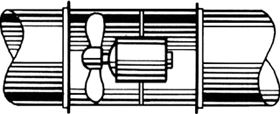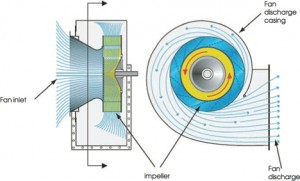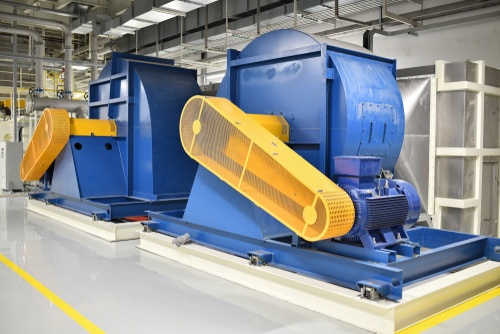Tube Axial Fan Definition

The flow is axial at entry and exit.
Tube axial fan definition. Choose from our selection of tubeaxial fans including belt drive duct fans high output direct drive duct fans and more. Best uses of axial fans. Axial fans don t require a lot of power input in order to run. There are two primary varieties of fan axial fans and centrifugal fans.
However the airflow is low pressure. Explanation of tubeaxial fan. Pti a global leader in fan technology for more than 25 years manufactures both axial and centrifugal fans. It has a higher efficiency than any other type of axial flow fans.
To help clear up that confusion here is a breakdown of the fan types their benefits and their uses. They move air at a high flow rate meaning that they can move a lot of air. An axial flow fan which incorporates downstream guide vanes. Axial fans have a lot of uses with most of them falling under the general purpose category.
Versatile and compact tubeaxial fans and accessories from grainger can help exhaust air or supply air depending on your needs. The fan is designed to produce a pressure difference and hence force to cause a flow through the fan factors which determine the performance of the fan include the number and shape of the blades. May be either belt driven or connected directly to a motor. These fans have a motor that rotates the fan blades to create airflow and a housing that can mount into existing louvered vents or cutouts that match the shape of the fan.
Tube axial belt drive duct fan for dry environment. Cincinnati fan manufactures tube axial fans in seven different models belt drive and direct drive with spark resistant cast aluminum propellers steel propellers and stainless steel propellers. Direct drive and belt drive tubeaxial fans can be ideal in low to medium pressure ducted applications. Fans entirely of stainless steel are also available.
In stock and ready to ship. Looking for tubeaxial fan. Find out information about tubeaxial fan. An axial fan is a type of fan that causes gas to flow through it in an axial direction parallel to the shaft about which the blades rotate.















